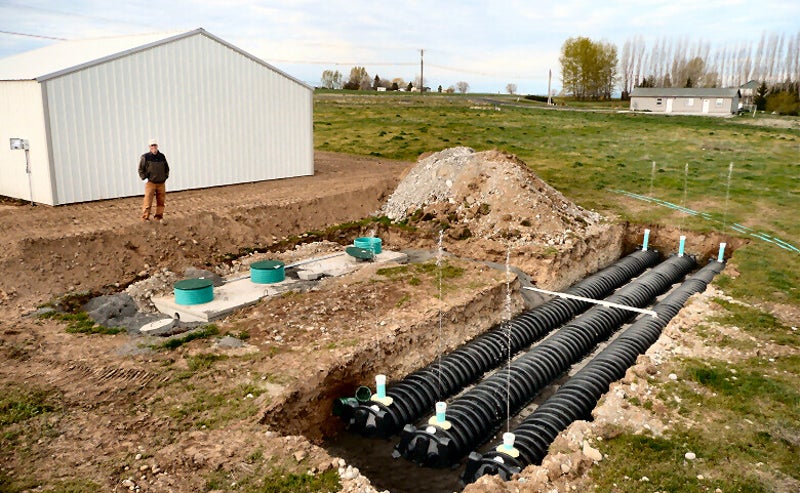Laying the Groundwork: A Comprehensive Guide to Septic Field Installation
Just like a successful journey begins with a map, a successful septic field installation starts with a plan. The first step is to assess your needs. Think of it as choosing the right tool for the job – a one-size-fits-all approach won't work here. Factors such as soil type, water table depth, and the size of your household all play a crucial role in determining the size and design of your septic field.

The Foundation of Proper Planning: Assessing Your Needs
When it comes to waste management for homes that aren't connected to municipal sewage systems, septic tanks play a crucial role. But the importance of the septic field installation cannot be overstated. In this article, we'll explore the world of septic field installation, covering everything from planning and preparation to the nitty-gritty details of the installation process.
Digging Deep: The Installation Process Unveiled
The actual installation of a septic field is a bit like performing surgery on your property. It requires precision, care, and expertise. The first thing you'll need to do is excavate the area designated for your septic field. It's akin to preparing the operating table – everything must be just right. Once the area is excavated, the septic tank and distribution pipes are carefully placed in the ground, allowing the effluent to be evenly distributed into the soil.
The Secret of Soil: Understanding Percolation
Percolation, or the ability of the soil to absorb and filter wastewater, is a critical factor in septic field installation. It's like choosing the right sponge for a spill. The soil's ability to percolate wastewater will determine how efficiently your septic field functions. A percolation test is performed to assess this, helping determine the size and layout of your field. The goal is to ensure that the effluent is treated and filtered before it returns to the groundwater.
Maintenance Matters: Keeping Your Septic Field in Top Shape
Installing a septic field is just the beginning of the journey. Regular maintenance is essential to keep it functioning smoothly. Think of it as caring for a delicate piece of machinery – neglect can lead to breakdowns. Periodic pumping of the septic tank, avoiding the disposal of non-biodegradable materials down the drain, and protecting the area above the septic field from heavy vehicles are all part of proper maintenance.
Environmental Responsibility: Protecting Your Ecosystem
Your septic field is more than just a wastewater disposal system; it's an integral part of the environment. When properly designed and maintained, it can have minimal impact on the ecosystem. In contrast, a poorly managed septic system can pose a threat to groundwater and surface water quality. So, being environmentally responsible is not only about preserving your property but also protecting the larger ecosystem.
Create Your Own Website With Webador